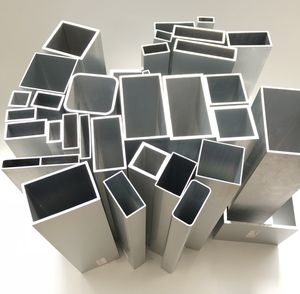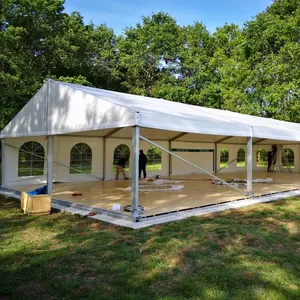
All categories
Featured selections
Trade Assurance
Buyer Central
Help Center
Get the app
Become a supplier












Bán buôn estructuras de aluminio là một yêu cầu khi xây dựng một gian hàng triển lãm thương mại có giàn vững chắc. Nhờ tính linh hoạt của nó mà mọi người có thể tạo ra nhiều kiểu dáng gian hàng khác nhau. Mặc dù các gian hàng hình vuông khá phổ biến, bạn cũng có thể xây dựng mái vòm và mái vòm một cách dễ dàng. Có nhiều kích thước khác nhau, bao gồm cả giàn trưng bày 5x5 và 10x10.
Không cần phải bỏ ra một số tiền quá lớn để xây dựng các gian trưng bày giàn. Có rất nhiều chương trình khuyến mãi hấp dẫn có thể giúp bạn tìm được những keyword giàn sân khấu chất lượng để bán. Mặc dù một sân khấu có thể được xây dựng bằng nhiều vật liệu khác nhau, nhưng khung nhôm sân khấu có thể là một trong những keyword có hiệu quả hơn. Nó nhẹ và chắc chắn nhờ thiết kế giàn, giúp quá trình xây dựng thuận tiện và không gặp rắc rối.
Hơn nữa, kết cấu giàn có thể được sử dụng cho các sự kiện quảng cáo bằng cách kết hợp chúng với nhau { từ khóa} . Trên thực tế, giàn trưng bày triển lãm thương mại được thiết kế để quảng cáo hàng hóa và dịch vụ trong bất kỳ triển lãm thương mại hoặc hoạt động khuyến mại nào. Sẽ đơn giản hơn nếu chọn hình dạng phù hợp cho giàn triển lãm thương mại và thiết kế quảng cáo phù hợp với độ nét cao để thu hút càng nhiều người qua đường và khách hàng tiềm năng càng tốt.
Tất nhiên, triển lãm có sẵn và giàn trưng bày có thể được sử dụng trong nhiều sự kiện khác nhau. Hình dạng mái vòm rất lý tưởng cho các hội nghị hoặc các cuộc tranh luận. Trong khi màn hình giàn nhôm màn hình led rất phù hợp cho các buổi hòa nhạc cũng như các bài thuyết trình cấp cao.